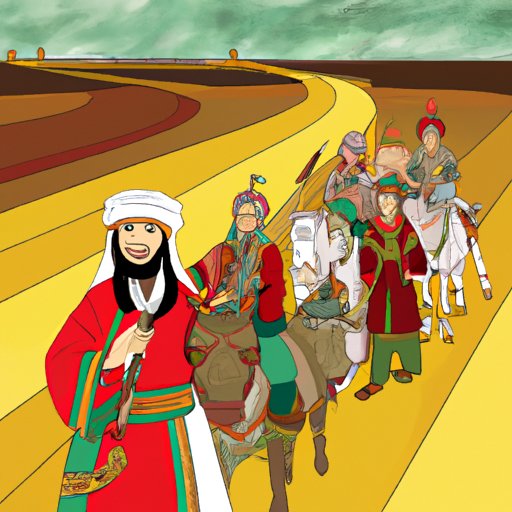Introduction
The Silk Road was an ancient network of trade routes that connected the East and West for thousands of years. This vast network spanned from the Mediterranean Sea to the Pacific Ocean, traversing through Asia, the Middle East, and Europe. It was a major source of trade and cultural exchange between the civilizations of the time, and it is estimated that more than one million people travelled its length.
In this article, we will explore who travelled the Silk Road, from merchants and traders to warriors and conquerors. We will trace the footsteps of those who took the Silk Road, mapping out the trade and cultural exchange along the way. Finally, we will reflect on the impact of the Silk Road on the lives of those who travelled it, exploring the long-term effects of their journeys.
A Historical Account of the Silk Road: A Look at Who Travelled Its Length
The Silk Road was established during the Han Dynasty in China (206 BC – 220 AD). Major civilizations and empires along the Silk Road included the Chinese, Central Asian nomads, Persians, Indians, Greeks, Romans, and Arabs. People and cultures along the Silk Road were incredibly diverse, and as the Silk Road grew in popularity, more and more people began to travel it.
Merchants, traders, and missionaries from various regions of the world travelled the Silk Road in search of new goods and ideas. Pilgrims and adventurers sought out new lands and cultures. Religious scholars and philosophers journeyed through the Silk Road to spread their knowledge and beliefs. Warriors and conquerors sought to expand their empires and gain political power.
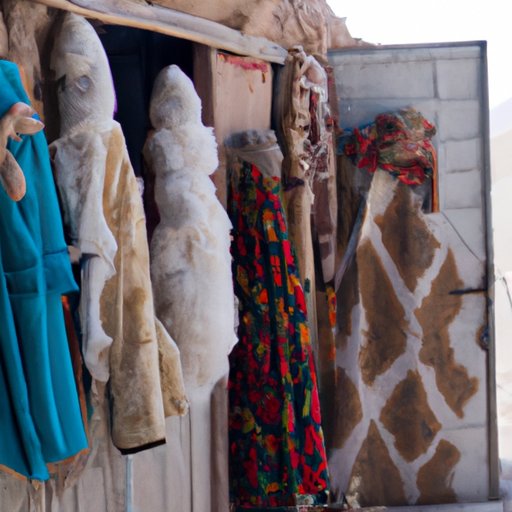
Exploring the Diversity of People Who Travelled the Silk Road
Merchants, traders and missionaries played an important role in the development of the Silk Road. They facilitated trade between East and West, bringing goods such as silk, spices, and other luxury items to distant markets. They also spread religion and culture, introducing new ideas and beliefs to different societies.
Pilgrims and adventurers were also among those who travelled the Silk Road. These individuals sought out new lands and cultures, exploring the far reaches of the Silk Road and beyond. They encountered different peoples and religions, and gained a unique understanding of the world around them.
Religious scholars and philosophers were drawn to the Silk Road, seeking to share their knowledge and beliefs with others. They travelled to distant lands, engaging in discourse and debate with people from different cultures and backgrounds. Through this exchange of ideas, they helped to bridge the gap between East and West.
Warriors and conquerors were also attracted to the Silk Road. They used the trade routes to gain wealth and power, expanding their empires and gaining control over large swaths of land. In some cases, these conquerors would establish new cities and settlements along the Silk Road, furthering their influence in the region.
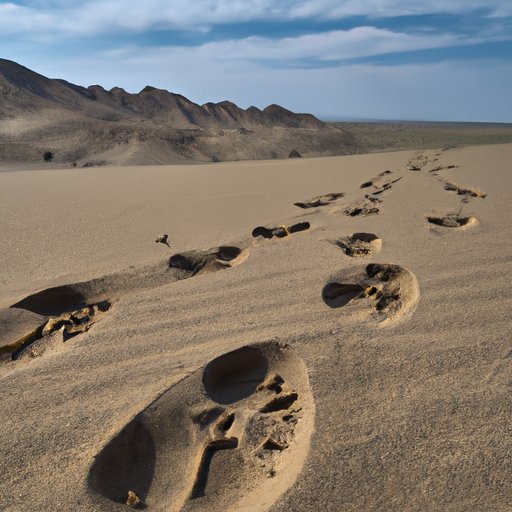
Tracing the Footsteps of Those Who Took the Silk Road
The Silk Road was made up of a variety of trade routes, connecting different parts of the world. Major trade routes included the Northern Route, which crossed through Central Asia; the Southern Route, which passed through India and Arabia; and the Maritime Route, which travelled by sea. Along these routes, trading networks were established, allowing merchants and traders to move goods across the Silk Road.
Important cities and sites along the Silk Road included Chang’an (present-day Xi’an) in China, Samarkand in Uzbekistan, Antioch in Turkey, and Alexandria in Egypt. These cities served as hubs of trade and commerce, attracting merchants, traders, and other travellers. Along the Silk Road, caravanserais provided shelter and respite for those travelling its length.
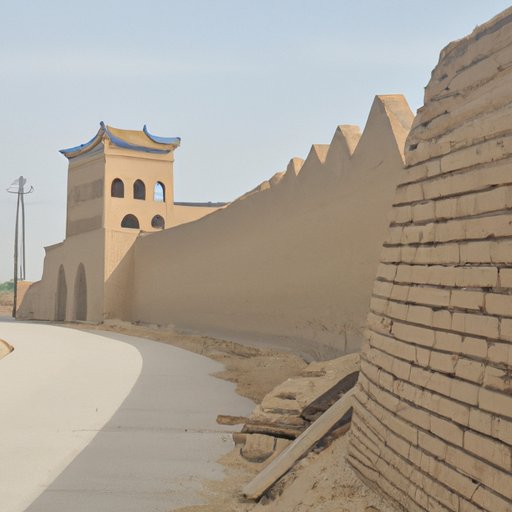
The Trade and Cultural Exchange of the Silk Road Through the Eyes of Those Who Travelled It
The Silk Road was a major source of trade and cultural exchange between the civilizations of the time. Goods such as silk, spices, horses, tea, and porcelain were traded along the Silk Road, as well as ideas and beliefs. Buddhism, Christianity, and Islam were all introduced to different parts of the world through the Silk Road.
The trade conducted along the Silk Road had a profound impact on the societies of the time. Wealthy merchants and traders gained immense riches, while poorer individuals struggled to make a living. The spread of religion and culture changed the way people thought and acted, and the exchange of ideas and beliefs helped to bridge the gap between East and West.
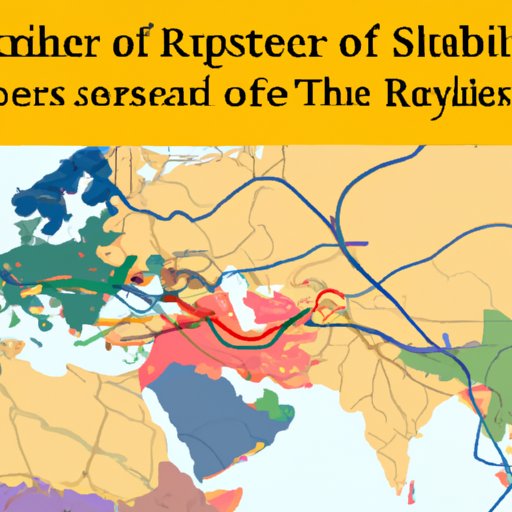
An Analysis of the Political and Economic Impacts of the Silk Road Travellers
The political and economic impacts of the Silk Road were far-reaching. Empires and civilizations were unified through trade, and the wealth generated by the Silk Road helped to strengthen economies and spur growth. Additionally, the Silk Road allowed for the exchange of goods and ideas between East and West, leading to greater understanding between different cultures.
Mapping the Experiences of the People Who Travelled the Silk Road
Personal accounts from travellers provide insight into the experiences of those who took the Silk Road. These accounts reveal the hardships and dangers faced by travellers, as well as the joys and wonders encountered along the way. They also shed light on the cultural and religious influences on Silk Road travellers, as people from different backgrounds interacted and exchanged ideas.
A Reflection of the Impact of the Silk Road on the Lives of Those Who Travelled It
The Silk Road had a lasting impact on the lives of those who travelled it. For many, the experience of travelling the Silk Road was life-changing, providing opportunities for personal and spiritual growth. The exchange of goods and ideas between East and West had a profound effect on societies, leading to increased understanding and cooperation between different cultures.
The legacy of the Silk Road can still be seen today. The trade routes and networks established during the Silk Road continue to shape the modern world, and the exchange of goods and ideas between East and West is still evident in our globalized society.
Conclusion
The Silk Road was an incredible network of trade routes that connected the East and West for thousands of years. It was a major source of trade and cultural exchange between the civilizations of the time, and it is estimated that more than one million people travelled its length. This article explored who travelled the Silk Road, from merchants and traders to warriors and conquerors. We traced the footsteps of those who took the Silk Road, mapping out the trade and cultural exchange along the way. Finally, we reflected on the impact of the Silk Road on the lives of those who travelled it, exploring the long-term effects of their journeys.
(Note: Is this article not meeting your expectations? Do you have knowledge or insights to share? Unlock new opportunities and expand your reach by joining our authors team. Click Registration to join us and share your expertise with our readers.)
